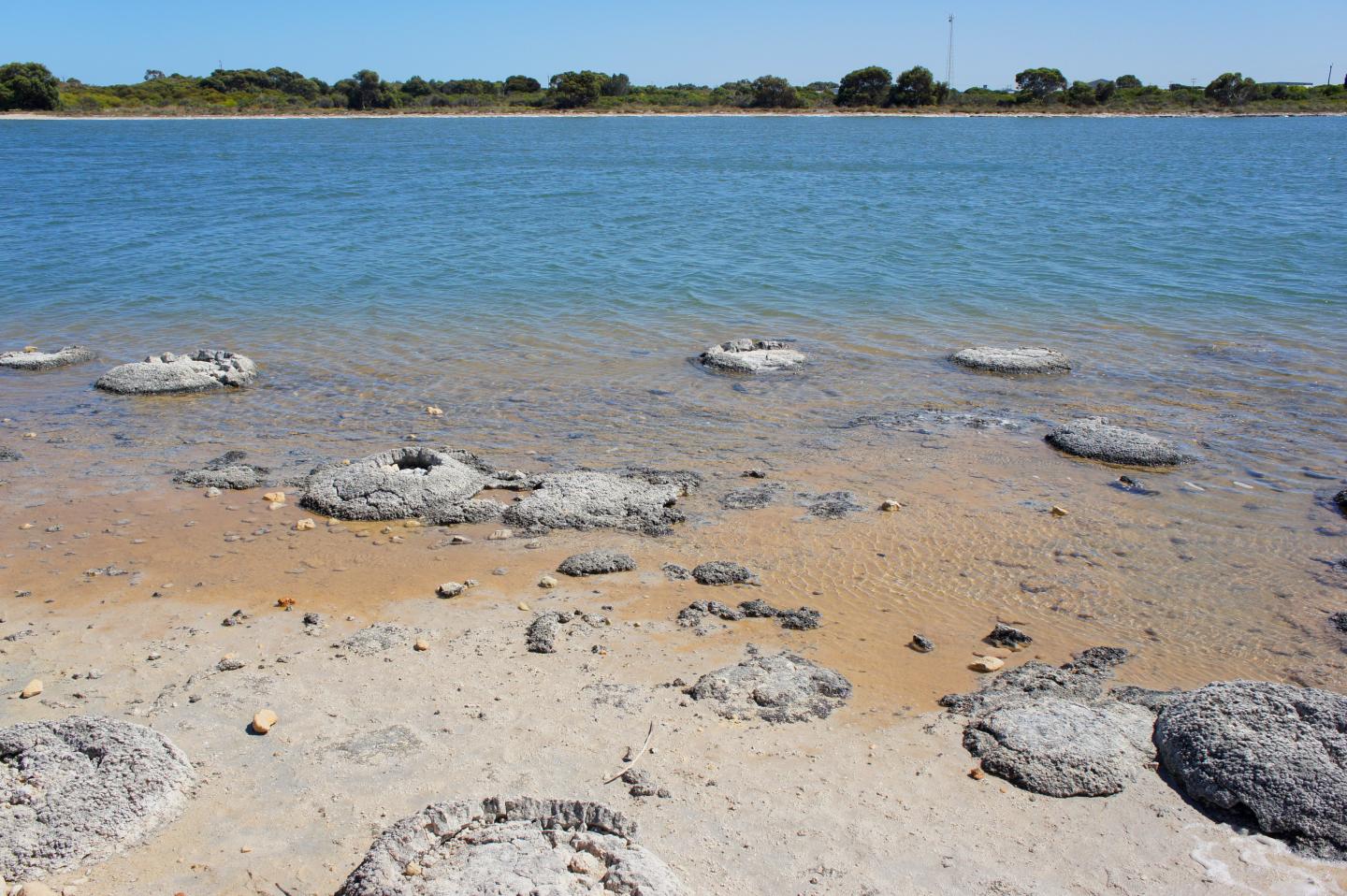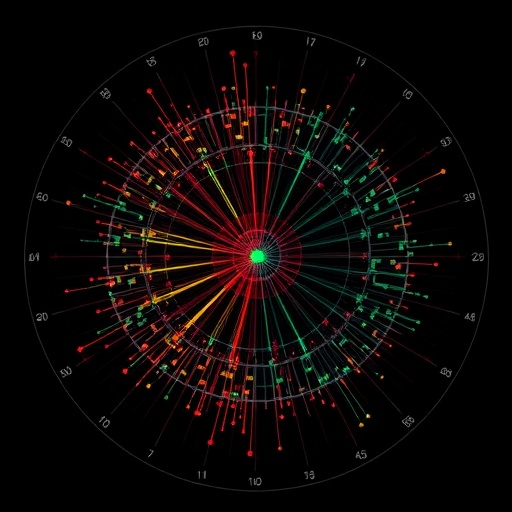EPFL biophysicists have taken a systematic look into how bacterial biofilms are affected by fluid flow

Credit: © Philippe Barraud
Although we tend to think of them as solitary sojourners of the world, bacteria are actually very social organisms. In fact, the vast majority of bacteria live on surfaces by forming “biofilms”: three-dimensional communities hosting thousands to millions of bacteria of such bustling activity that scientists describe them as “bacterial cities”.
Bacteria form biofilms by attaching to each other on a wide variety of surfaces: the bottom of oceans, lakes or rivers, medical equipment and even internal organs, like the intestine, lungs, and teeth – the latter is the familiar dental plaque, a large source of income for dentists.
In short, biofilms are the preferred lifestyle of bacteria. They grow wide and thick, forming a new, social dynamic among their member microorganisms, while also defending them: biofilms can be notoriously inaccessible to antibiotics, which is why they have drawn a lot of medical research.
But looking at biofilms can also give us clues about broader social dynamics that have shaped the evolution of species across the entire planet, like cooperation, competition etc. And it is such questions that drive the work of Alexandre Persat, director of EPFL’s Microbial Mechanics Lab.
“About ninety percent of bacterial life at the surface of Earth is found in the form of biofilms” he says. “Because these structures are so dense, they bring many species in proximity, which makes them interact socially and consequently drives their evolution. The outcome of social interactions such as competition or cooperation thus depends on the spatial arrangement of these cells. But what shapes the architecture and the organization of cells in biofilms, for example to mix or segregate, is still unclear.”
In a new study, Tamara Rossy, a PhD student in Persat’s group, expands our view of biofilms to look at how physical cues affect their development – more specifically, how they are affected by flow of the surrounding fluid. “Whether in oceans, lung infections skin, gut microbiota – the physics of fluids are ubiquitous to biofilms,” says Rossy. “We wanted to study how flow changes their spatial organization.”
To do this, Rossy had to first create a model biofilm that could be studied under controllable flow conditions. She chose two different clones of the bacterium Caulobacter crescentus, which is commonly found in freshwater lakes and streams, and undergoes a “stalked” cell stage that allows it to anchor on surfaces, colonize them, and form biofilms. Rossy grew the bacteria in microfluidic chips within which she could carefully control minute amounts of liquid flowing through channels just half a millimeter wide.
Rossy imaged the formation of biofilms at the level of single bacteria to monitor the effects of each flow rate on the bacterial colonies. The results showed dramatic differences in architecture between different flows: in weak flows, biofilms were very dense. In stronger flows, bacteria grew in sparse, cluster-like biofilms.
To understand this process, Rossy built a physical model that is reminiscent of the transport of molecules in fluidic systems. Using it, she found that stronger flows can dramatically impair the ability of bacteria to swim towards a surface and colonize it, resulting in sparse colonies.
But some results were also counter-intuitive. “High flow rates lower the probability of swimming bacteria to invade existing colonies,” says Rossy. “In order to grow in such high flows, single cells rely on immediate attachment of daughter cells close to their mother cells.”
Stronger flows also segregated the two populations, with potentially significant effects on the overall social dynamics between biofilm-dwelling bacteria. “Low and high flow really matter to the arrangement and structure of the biofilm,” says Persat. “This shows that flow and, more generally, the physical environment of biofilms can affect the evolutionary history of a bacterial species; this is true at least between different bacterial clones like the ones we used, but it is very likely to apply across different bacterial species.”
“Biofilms are a really fascinating and important facet of microbial life,” he concludes. “We are only now appreciating how physical principles guide their architecture and how this feeds back into bacterial physiology and evolution. But we have only here scratched the surface — there is still so much to learn.”
###
Media Contact
Alexandre Persat
[email protected]
Original Source
https:/
Related Journal Article
http://dx.





